Blogs
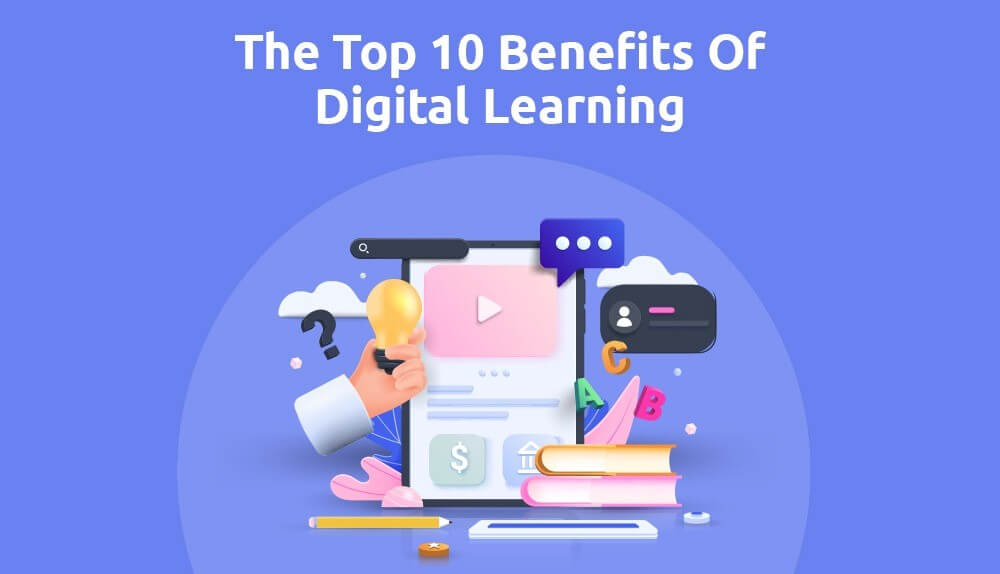
July 22, 2022
The Top 10 Benefits Of Digital Learning
Teaching is a profession, which is on its way to becoming revolutionized by the use of new technologies. The use of technology in the classroom can help teachers and students achieve better results. Digital education: A blessing Digital education is one of the most talked about topics in the modern world today. With access to information at our fingertips and a world that is becoming more and more connected, it is becoming harder and harder to distinguish between what is real and what is not. This has caused a significant change in the way that we learn and the way that we teach. The increasing popularity of digital learning solutions is due to the many benefits it offers students and institutions. The Top 10 Benefits Of Digital Learning that students and institutions benefit from digital learning are listed below:
Read More ⟶
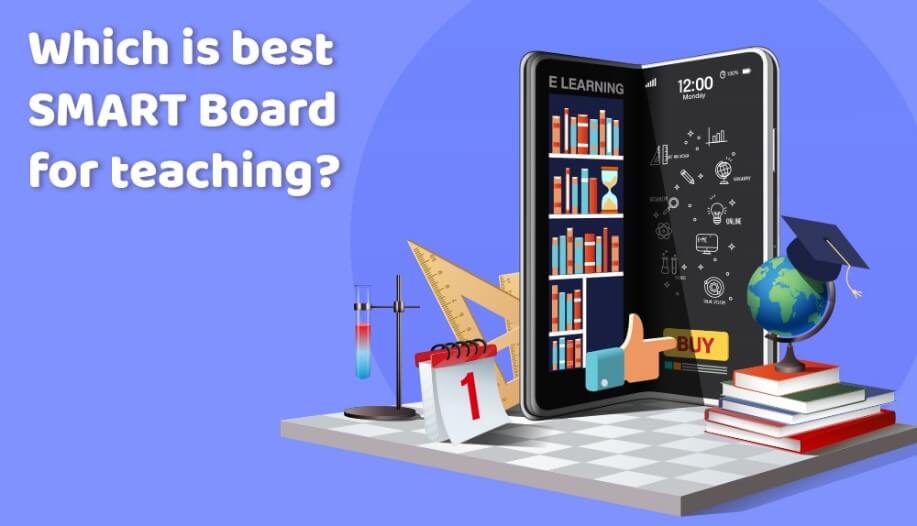
July 20, 2022
Which is the best SMART Board for teaching?
6 Best Smart boards for Classroom to Improve Learning Experience Smart boards for Classrooms are an amazing technology that has improved average classroom writing surfaces like never before. If you want to upgrade your traditional classroom boards, here are 6 interactive whiteboard solutions you’ll love! Smart boards for Classrooms are no longer just for business presentations; they have crept into the educational scene and are here to stay! Loading screens are no longer an issue! Because smartboards are relatively fast, you can quickly access your presentations and documents and get to work!
Read More ⟶
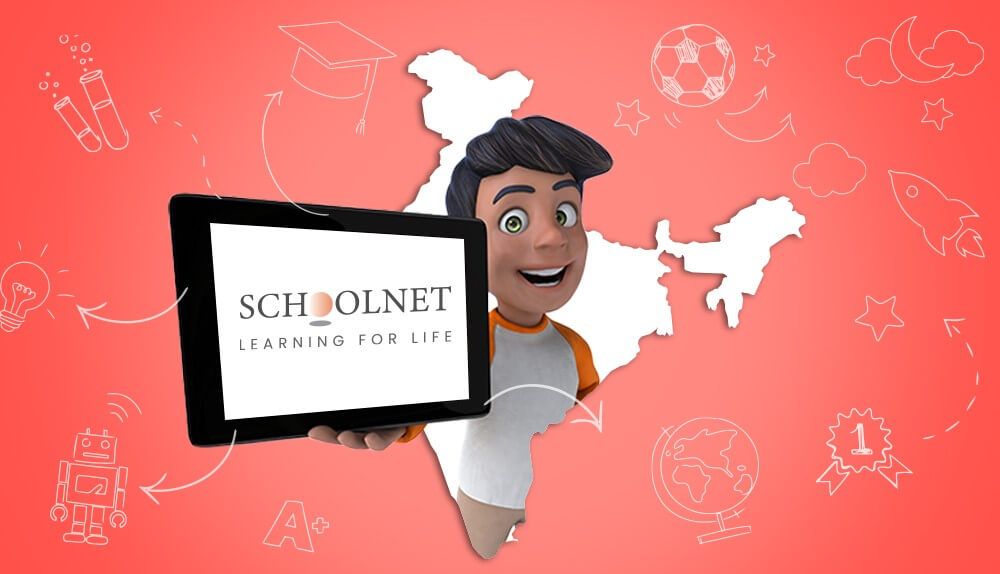
July 15, 2022
The benefits of online learning for students in India
Digital education in India is booming. In many areas of India, where colleges tend to be located far away, students avoid taking higher education because of the cost, time, and difficulty of doing so. However, online education helps them achieve the same goals with ease by studying at a time that is convenient for them, and all from the comfort of their homes! Top online education providers also offer digital learning solutions for schools .
Read More ⟶

July 12, 2022
The Bioscope - The Rise of Uprising
10 th May 1857. Meerut. It was a quiet Sunday morning. The Sun was setting unsuspectingly over the horizon. Most of the European officers of the Meerut cantonment were preparing to attend church. The European soldiers were off duty. Some of them had gone into canteens, others strayed the bazaar in Meerut. Suddenly, the dust rising from under the feet of the sepoys of the 3 rd Bengal Light Cavalry covered the sky ominously. What followed is a glorious history known as the .
Read More ⟶
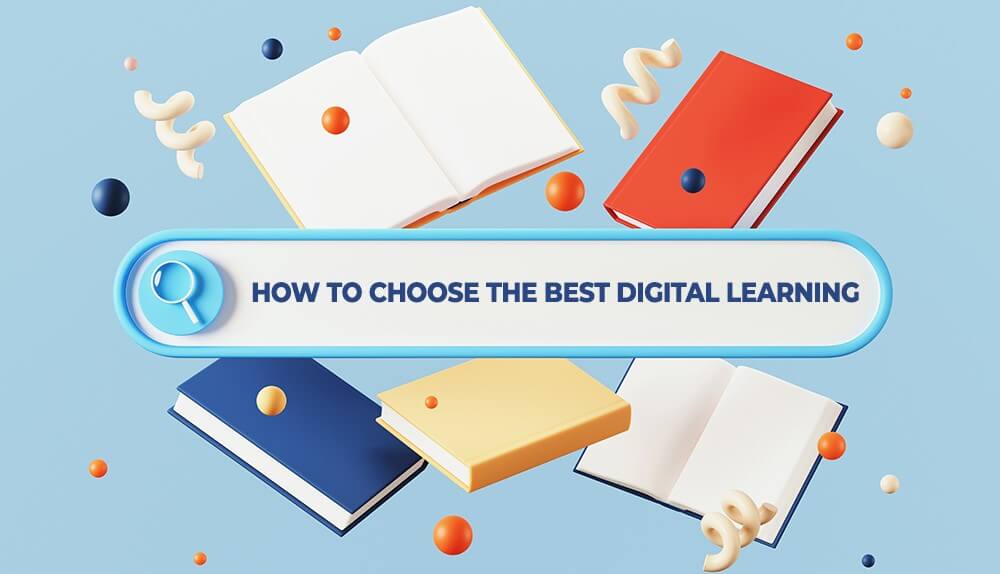
July 6, 2022
How to Choose the Best Digital Learning Solutions for Schools
Digital learning solutions for schools are becoming an increasingly popular trend worldwide. The rapid digitization of our lives is making this happen. Schoolnet says that institutions worldwide increasingly recognize the importance of accessing digital content for schools . This helps enrich a student’s learning experience. Creating positive experiences for the students and allowing them to choose the path they wish to follow is driving education into the future. As access to digital classrooms is global, creating an ideal learning environment will be key.
Read More ⟶
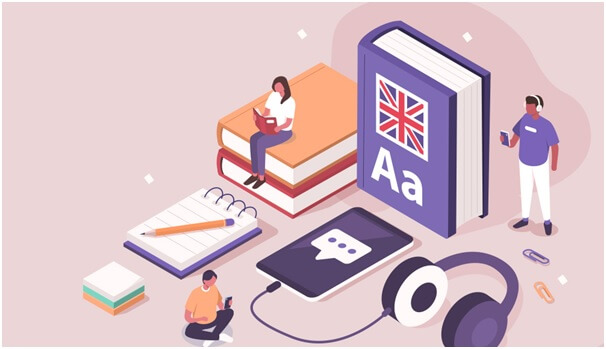
June 30, 2022
10 Top Tips for Improving Your Spoken English
You may have heard that speaking in English is a lot of fun and is a great way to get better at the language! It is! When you learn to speak in English , you also learn about other cultures and ways of life. gives you the chance to make friends from around the world and talk about your daily lives. is really easy and fun , if you keep learning and practising! You just need to follow these 10 easy steps and you will be speaking English in no time.
Read More ⟶
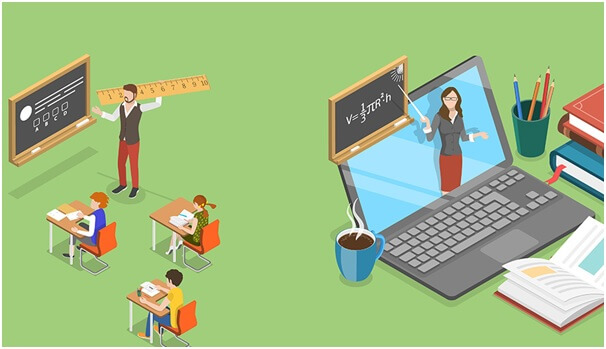
June 28, 2022
Why More Schools are Turning to Hybrid Learning, The Future Of Education
Hybrid Learning: The Future Of Education The growth of the EdTechindustry in India has been phenomenal and experts believe that it is poised to become a $30 billion space in the next ten years. The market has now reached a point where it is becoming if not more, at least as equally attractive asprivate offline institutes. Education entrepreneurs have identified the gap in the market and have started to build innovative products to improve . Today, the doyens of education know that is being created by blending it with technology.
Read More ⟶

June 28, 2022
Why a Kyan projector is the best choice for your classroom needs?
The outbreak of COVID-19 has led to a newfound interest in digital smart classrooms , which have been around since 1976. For school leaders and superintendents, it's important to stay open-minded and adaptable as a leader. What worked in the past might not be effective now, so it's crucial to be able to discern what still works and what doesn't. Be wise and don't be afraid to try new things. The landscape has changed, and you need to change with it. With the many advantages they offer, more and more learners and teachers are interested in learning and working in virtual environments. With the advances in technology, virtual classrooms are now able to provide so much more to students, instructors, and educational institutions. School leaders and superintendents need to set clear expectations for virtual . Whether it's focusing on growth, scores, engagement, or social/emotional well-being, make sure all teachers and staff know what the priorities are. This way, everyone can work together to achieve their goals.
Read More ⟶
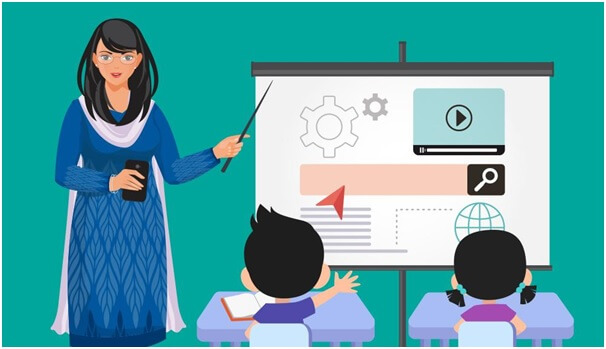
June 27, 2022
The future of K-12 education: Smart Classroom for smart learning
Online education is a powerful tool for both the students and for the teachers to acquire knowledge. The internet facilities are also helping the students to gather knowledge from various sources with the help of which they can complete their courses in time. The technology is also helping the students to promote research in their fields. The future of K-12 education is digitally-led, combining online and offline. What is a Smart Classroom?
Read More ⟶
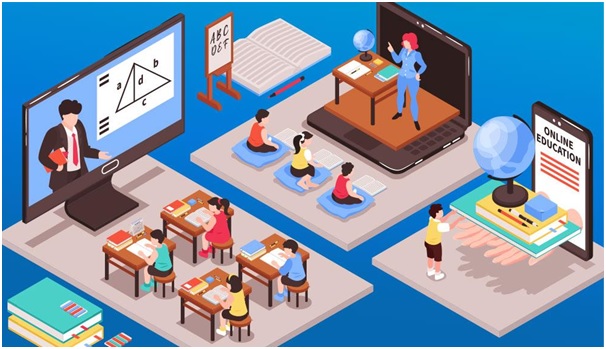
June 25, 2022
How to choose the right computer lab for your School
Nurturing the Creativity of the Students with ICT Labs in Schools Digital Literacy refers to the knowledge, skills, and attitudes that enable students to empower themselves in today’s increasingly digital world. This includes their use of digital devices for play, involvement, socialising, searching, and learning. The ability to think critically, knowledge of online norms of behaviour, and an appreciation of the shared societal concerns generated by digital technology are needed for digital literacy. The government is dedicated to providing a safe and secure digital environment that is also relaxing and friendly. ICT Labs in schools offer state-of-the-art technology to help students create and collaborate with others.
Read More ⟶
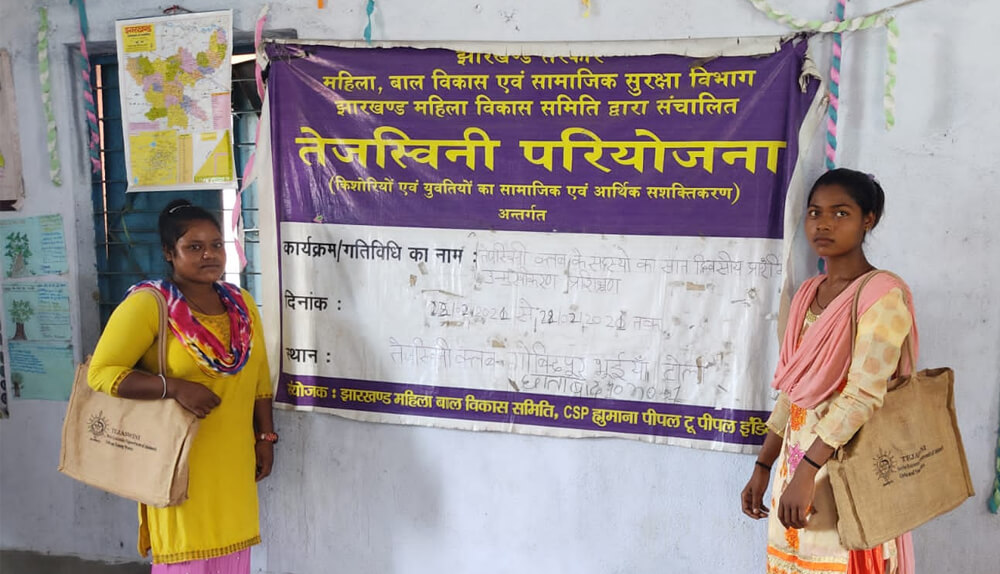
June 24, 2022
Closing the Educational Gap
The youngest of six daughters in her family, Seema saw all her elder siblings get married before completing schooling, but she dares to be different. She had dropped out of school in the 5 th standard but wishes to complete her education and skill development. In this pursuit, she enrolled in the Bridge Education Program under Project Tejaswini. She regularly attends the Bridge Education course at Tand Balidih Panchayat Bhavan, Bokaro being implemented by Schoolnet India Ltd – the Education Service Provider for the Project Tejaswini, Government of Jharkhand. With a three-year gap in her schooling, Seema had forgotten how to read and write, felt inadequate and wondered whether she was a right fit for the Bridge Education course when she joined. Under the able and supportive guidance of the trained Bridge Educators – Ms. Neha Kumari, Mr. Ajit Kumar and Mr. Pramod Kumar – Seema soon regained her confidence and is picking up on studies very fast. She has become the inspiration for other adolescent girls and young women attending the Bridge Education centre.
Read More ⟶

June 22, 2022
How To Plan Your Digital Classroom
Planning Your Digital Classroom The Digital Age offers a whole new meaning to the idea of education. It’s not just about the newest digital smart classroom technologies or the most up-to-date books and lecture notes anymore. With the digital age, education has been transformed. It’s no longer just about grades. With the aid of technology, high-quality digital education platform is finally reaching the most unreachable places. Digital classrooms have grown dramatically in recent years. Most students prefer to traditional classrooms because they are more convenient and allow them to learn from anywhere. Students may study in whichever way they wish, regardless of where they are. We go over the processes needed to set up your first digital classroom.
Read More ⟶
© Schoolnet India Limited





